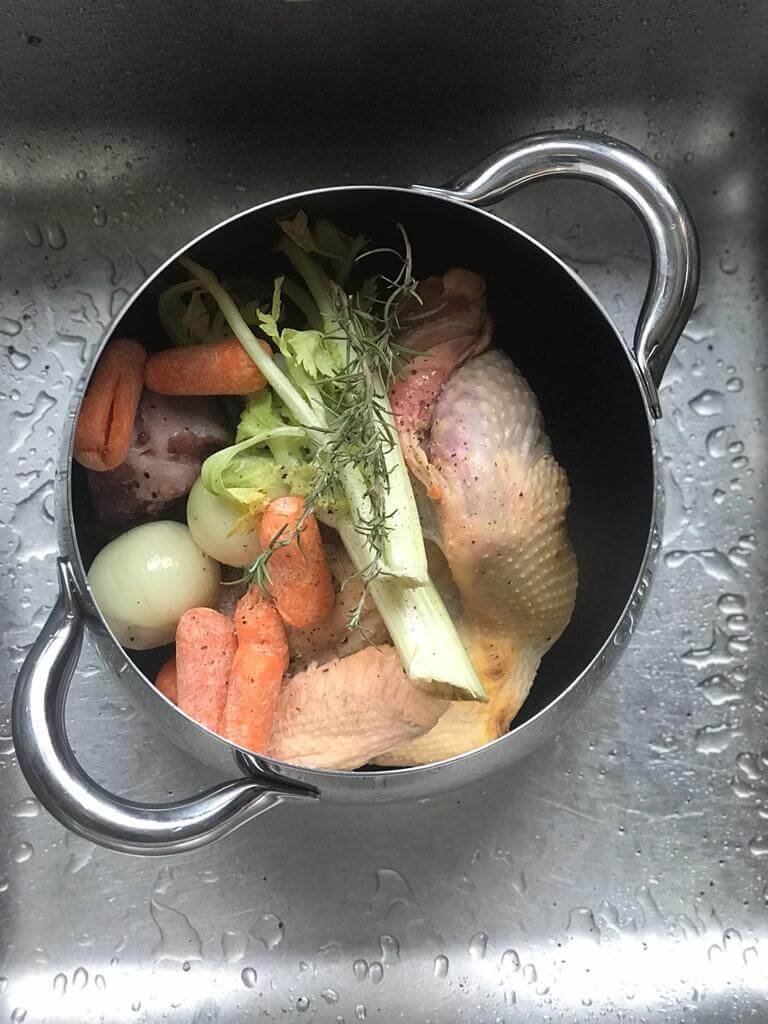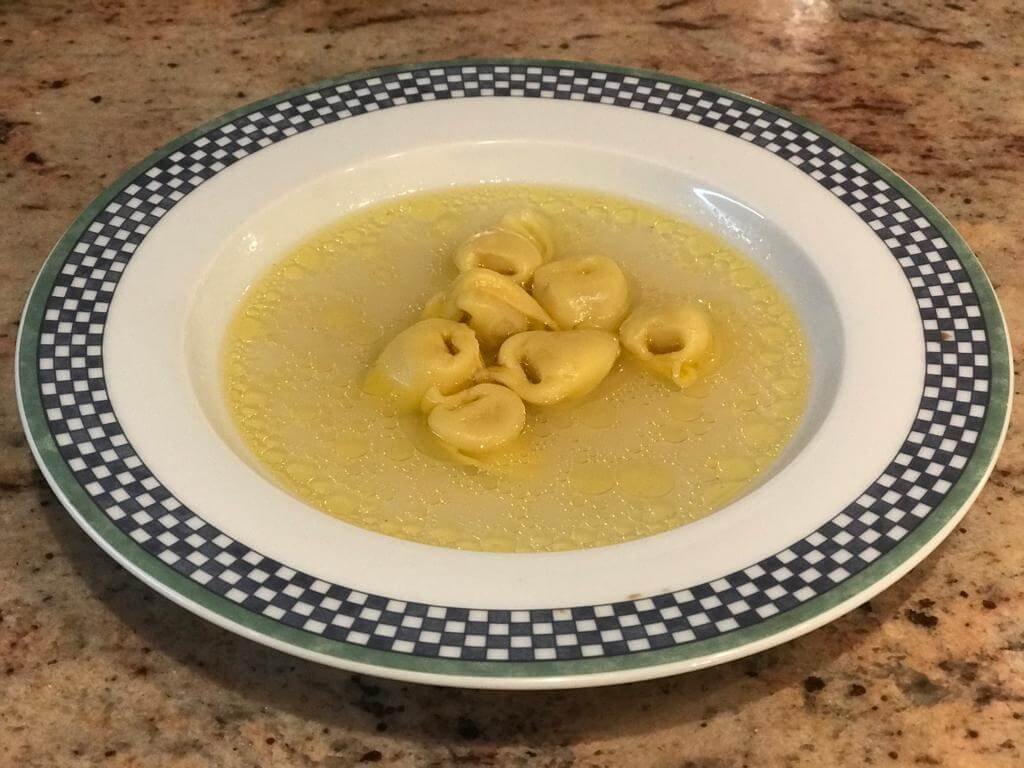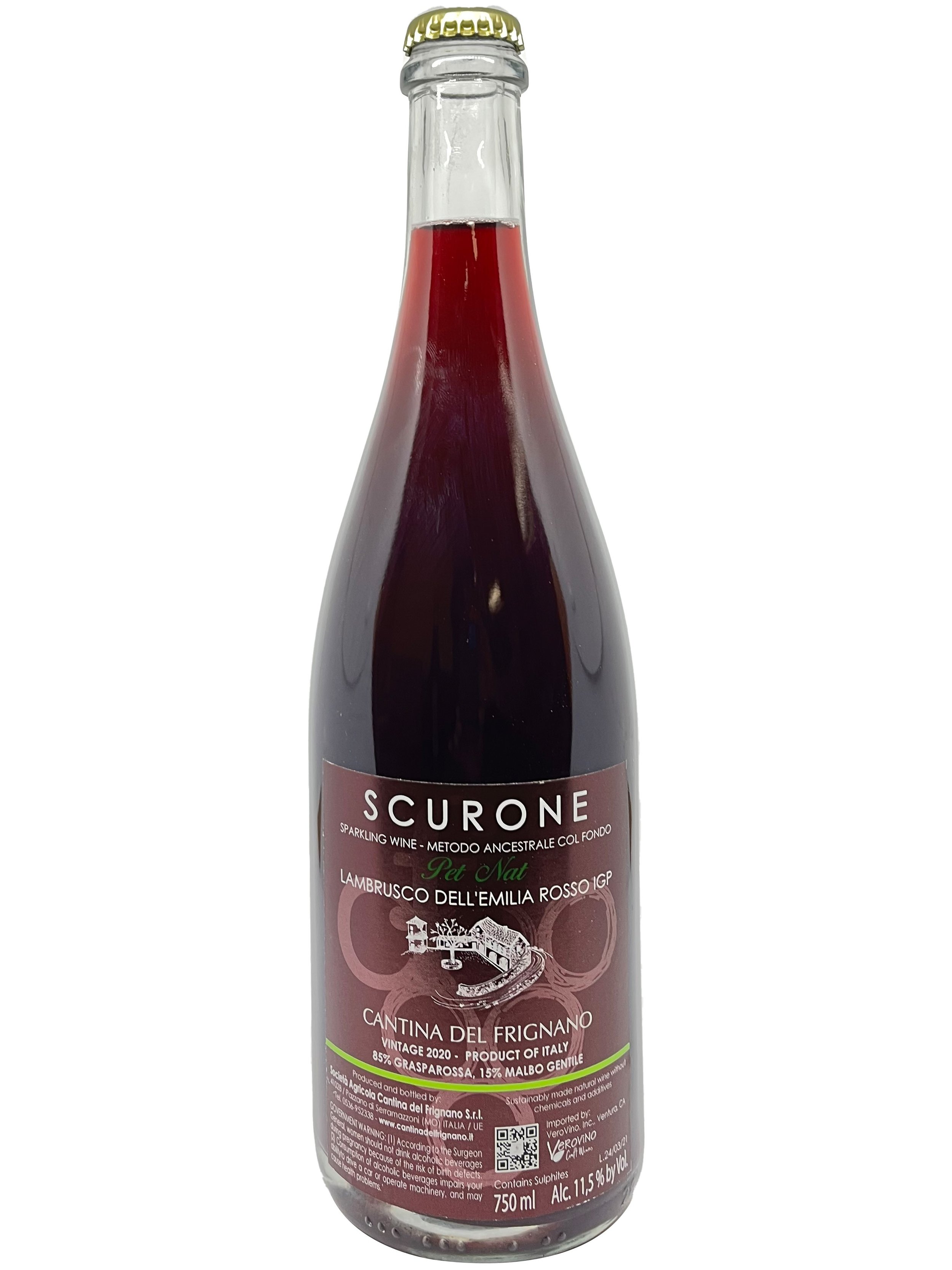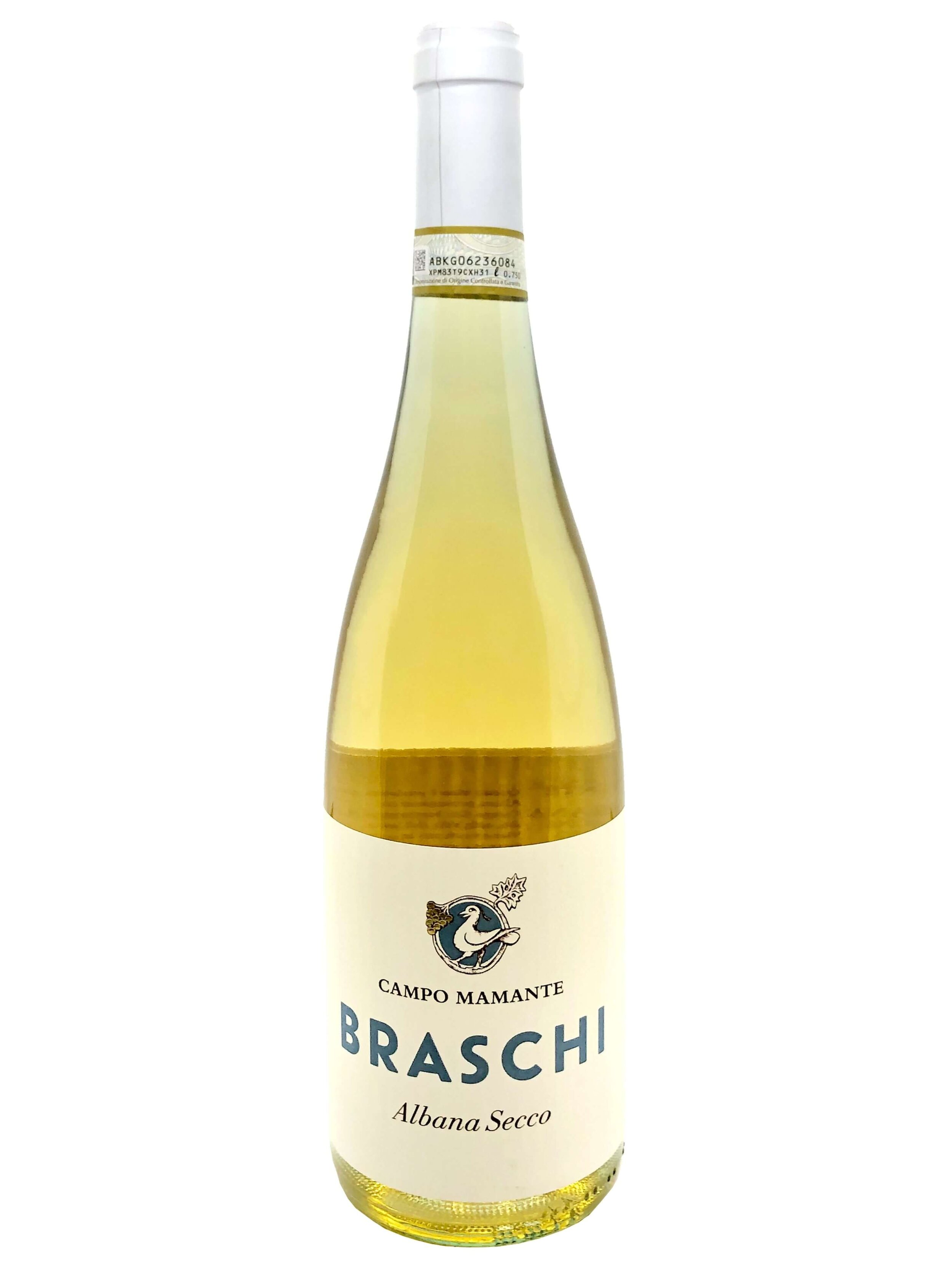An Old Hen Makes Good Broth
There’s an old saying in Italy: ‘gallina vecchia fa buon brodo’ or ‘an old hen makes good broth’. It refers to the benefits of old age, such as the wisdom that comes with experience. But as with many Italian sayings, they are rooted in food.
Vero founder, Sheila Donohue, learned this from her Bolognese mother-in-law. Bologna is known as the ‘food capital of Italy’ especially for pasta, like tortellini, yet once she tried her mother-in-law’s tortellini in brodo, or tortellini in broth, she couldn’t get enough of the broth. It was out of this world. This started her on a quest to find the secret to its deliciousness. And, yes, spoiler alert, an old hen is actually the secret ingredient to a good broth.
One of the most basic, yet overlooked, fundamentals of cooking is a simple broth (also known as stock). A good broth can add depth and flavor to a dish, and it is no wonder that in recent years there has been a growing interest in fresh broth, rather than the powdered cube or store bought carton alternatives. Partly in thanks to certain diet cultures (such as the keto, low carb, or paleo diets), it is also because of a larger movement to get back to basics and focus on less-processed alternatives. Yet homemade broth is steeped in tradition in many cultures, not just in Italy but in Asia and many other parts of the world. In fact broth-based dishes such as Pho and Ramen have been gaining in popularity recently, showing the universality of broth in the kitchen.
While vegetable broth is delicious, we’re on a hunt of delicious traditions and in Italy broth that we’ve come across is meat based. Let’s explore how it’s made, how best to use it, and what kind of benefits it will add to your cooking and health.
Vegans Beware
Many traditional recipes are rooted in poverty. Most people over the centuries did not have access to the best foods to cook with and had to make the most of what they had. So less desirable animals and their parts make up the key ingredients to making traditional broth in Italy are. Tougher cuts of meat (like old chickens, ox-tail, and tough roasts) benefit greatly from a long boil; yet this method is one of the easiest ways to get these tough meat parts to melt in your mouth. Despite making broth with cuts of meat you would ordinarily throw out, compared to broth made with bullion or the ready-to-use kind in a carton or can, homemade bone broth is on a different level. Because of the fats pulled from the meats in the boiling process, homemade broth has a richness of flavor that far outstrips store-bought ones.
Broth ingredients ready to boil.
Every family in Italy has their own broth recipe, like we have traditional turkey stuffing recipes handed down from generation to generation. The types of meat and parts, as well as vegetables, used differ by family and by region (for example in Bologna they use carrots, onions and celery while in Friuli they use chicory and fennel.) One can experiment with adding different herbs as well for a range of flavors and benefits.
Homemade broth comes with surprising health benefits. The cartilage in the meat and bones used to make broth can make it a rich source of the anti-aging collagen and gelatin compounds. Similarly, bone broth can be filled with rich minerals such as calcium or magnesium. The nutrient denseness of bone broth also lends itself well to building a healthy immune system. Plus the vegetables added to the broth are absorbed by the meat, enhancing flavors and substance.
There is a catch, however. To get these benefits, you need to make sure your broth comes from the highest quality ingredients possible. If you cannot source your meat locally (like Sheila did in this video), try to get free range. This will ensure you are extracting from the meat and bones all the good stuff, and not the bad. Follow these principles, and you will be left with a broth that will help your joints, gut-health, and immune system… and it is delicious to enjoy too!
And, for you vegans and vegetarians out there, some Italian chefs make broth using only the scraps of the soffritto vegetables rather than throwing them away. Once carefully checked for possible bone shards, the vegetables can be blended with a little broth to make a simple soup.
And Once the Broth is Done…
You can have it as an American comfort food dish like adding noodles to have a homemade chicken noodle soup or you can go Bolognese all-the-way and use the broth to cook tortellini in brodo, tortellini in broth. The Piemontese, northwest of Bologna, have their own version with agnolotti in brodo, or small ravioli in broth. Or in Friuli they serve broth with very small pieces of pasta, as is done all around Italy. In fact, an Italian go-to when you have a cold is to have minestrina, which is broth and with these mini pieces of pasta cooked in it. It is the Italian equivalent of chicken noodle soup. . Or you can even have broth on it own, enjoying it as a hot beverage.
Waste Not Want Not
Once you’ve made your broth, you can do so many things with the broth itself, but also the left-over meat used to create it. As discussed in previous articles detailing Italian cuisine, an important pillar of the Italian kitchen is ‘Waste not, want not’. The boiled chicken and veggies left over from the broth can be used to make an easy-to-prepare and delicious American classics like chicken pot pie, or chicken à la king.
A delicious bowl of tortellini in broth. See recipe for broth below!
Following what many traditional Italian cooks do, who utilize everything possible, you can shred the meat and marinate it with olive oil, fresh sage, and a clove of garlic and use it later to make delicious salads. Or, it can be served with a little broth on the side and your condiment of choice for some Italian bollito misto, or boiled meats, which is, in fact, a common dish to find in Italy, not only during the holidays.
Pairing With Wine
For food and wine pairings, broth also displays a great versatility. Depending on how it is prepared, it can be enjoyed with a wide variety of wines. For example, the Bolognese classic, tortellini in broth, is traditionally paired in the food capital of Italy with semi-sparkling pignoletto white wine from the Bolognese hills. The fresh-frizziness will cut the rich broth and pasta for a delightful pairing. Another traditional go-to wine of the Bolognese is a Barbera red from the Bolognese hills.
Vero’s resident chef, Jacqueline Mitchell, recounts her experience with broth, from growing up in California to moving to Italy to become a chef: ‘In my home growing up, broth came from a carton. First thing in Mom’s famous chicken soup was 4 cartons of chicken broth. I was shocked when I moved to Italy and learned that broth was not only so easy to make, but tasted so much better when made fresh! I started making and storing large batches of my own bone broth, and never looked back.’ A healthy broth, made with quality ingredients (and served with a good wine), has so many uses in the kitchen and its simplicity, versatility, and rich flavors will never go out of style.
Sheila’s Bolognese Mother-in-Law’s Broth Recipe, passed down from Nonna
Cooking and Prep Time: Several Hours
Ingredients:
1/2 of a Chicken
2-3 Pieces Ox-Tail (or Beef Bone Pieces)
1 Onions
2 Celery Stalks
2 Carrots
1 Bullion Cube
Sprig Rosemary
Salt/Pepper
Approx. 5 Liters Water
Suggested Wine Pairings:
Tomisa | Ciparisso Pignoletto Semi-Sparkling White Wine | Organic
Tomisa | Barbera | Organic
Procedure:
1. Begin by cutting the onion, celery, and carrots into quarters and placing them in a large soup pot. Add the oxtail or beef bones, rosemary, bullion, a little salt and pepper (if desired, it is also ok to add it after cooking to the dish), and cover it all with water. Bring it all to a boil while covered.
2. After about an hour, add the half chicken, either whole or in pieces, and add water as needed to submerge all the ingredients. Leave uncovered, and simmer for several more hours, usually around 3 hours (the older the chicken, the longer it will need to simmer). During this time, a grey foam may start to form on the top of the boiling water. Gently skim it off and remove it when it appears for a clearer broth.
3. When the meat is fall off the bone tender, it is time to remove it. Remove as many pieces of beef and chicken as possible, then strain the liquid to remove vegetables and any leftover bone-debris.
4. Enjoy the meat in separate dishes, use the broth for sipping, cooking, or for tortellini in brodo, or serve a little bit of broth and meat for chicken soup or bollito misto. The combinations and possibilities are endless!




